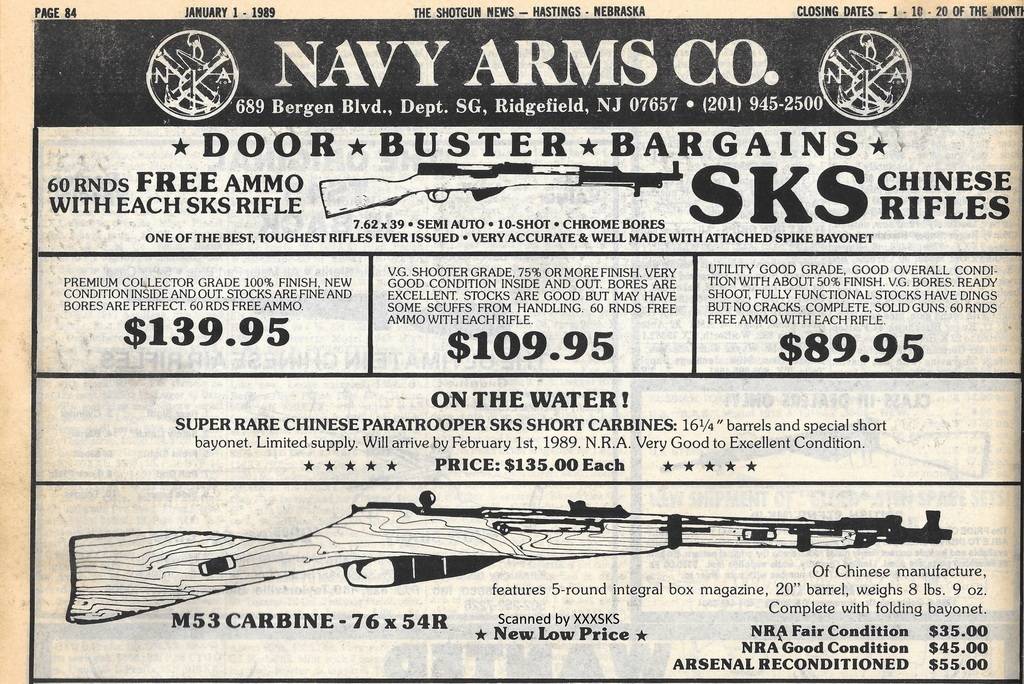M14 Shooter
The Light of Truth
According to the NSSF, there are around 20 million AR-type rifles in the US.

 www.businessinsider.com
www.businessinsider.com
In comparison, we currently have around 16.1 million F-series trucks on the street.
When was the last time you saw an Ford truck on the road?
So often you don't notice, right?
There you go.
America has 20 million AR-15 style rifles in circulation, and more guns than people in the country
There are 393 million civilian-owned firearms in the US, enough for each person in the country to own one with 63 million left over.
In comparison, we currently have around 16.1 million F-series trucks on the street.
When was the last time you saw an Ford truck on the road?
So often you don't notice, right?
There you go.
